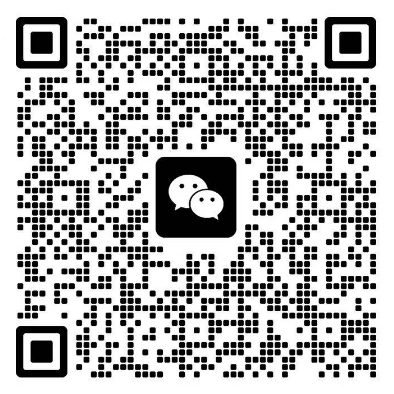
Reimagining Wireless Connectivity for Life
Jeeva started as a research effort in a University of Washington lab where a new generation of engineering Ph.D.s went beyond conventional boundaries to eliminate battery life as a barrier to the Internet of Everything.
Today, Jeeva is redefining the standard in wireless connectivity by eliminating power as a roadblock to the Internet of Everything. Its passive backscatter technology uses 1000x less power, costs 10x less, and takes up less space than conventional radios, allowing companies to deploy unlimited numbers of sensors in virtually any environment, that capture more complete data for more reliable results.
Jeeva is building a completely connected world, where businesses focus on innovation and growth, and people focus on things that matter in life. By connecting consumers, products, and manufacturers, Jeeva technology eliminates mundane tasks like grocery shopping and repairs. Machines and appliances can self-schedule maintenance eliminating costly and inconvenient downtime. Companies can manufacture and deliver products on-demand based on consumers’ use and preferences. New features such as automation and security can be added to smart homes and businesses via software upgrades. Buildings will be constructed to include sensors that can detect natural disasters like earthquakes and alert occupants to keep them safe.
In Jeeva’s world, everything will be connected to everything with low-cost, always-on devices.
Prior founding Jeeva, our world-class technical team spent years in the lab at the University of Washington working together to push the boundaries of wireless power, computing and communications. Members of the team earned a Best Paper Award at SIGCOMM 2013 for their work on ambient backscatter, a technique that leverages existing, ambient wireless television and cellular signals into a source of power as well as a communication. The researchers then extended the concept to Passive WiFi (Best Paper Award at NSDI 2016). Transforming wireless transmissions from one technology to another they developed Interscatter (Best Paper Award SIGCOMM 2016) to enable internet-connected implantable devices. Then they set their sights on long-range, low-power communications, extending wide-area backscatter coverage to over 2.8 kilometers and garnering a Distinguished Paper Award at IMWUT 2017. Most recently, the group drew the world’s attention once again, announcing the first battery‐free phone in 2017 and a series of ultra-low-power battery-free wireless cameras in 2018.
推荐
缓存:2025-05-19 10:24 92a110675c832c6040eef27 刷新

